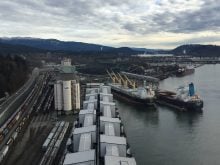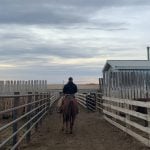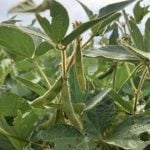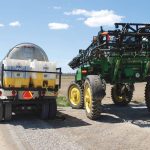Bruno has 30 days to save a feed mill that has been the backbone of the central Saskatchewan community for 30 years.
Mayor Jerome Strasser said Saskatchewan Wheat Pool has given the town until the end of May to come up with a proposal to buy the Heartland Feeds plant. At 23 workers, it is the largest employer in the town of 571 people.
The pool shut down the facility on April 18 because there were too many feed suppliers in the area and the plant needed substantial capital to upgrade.
Read Also
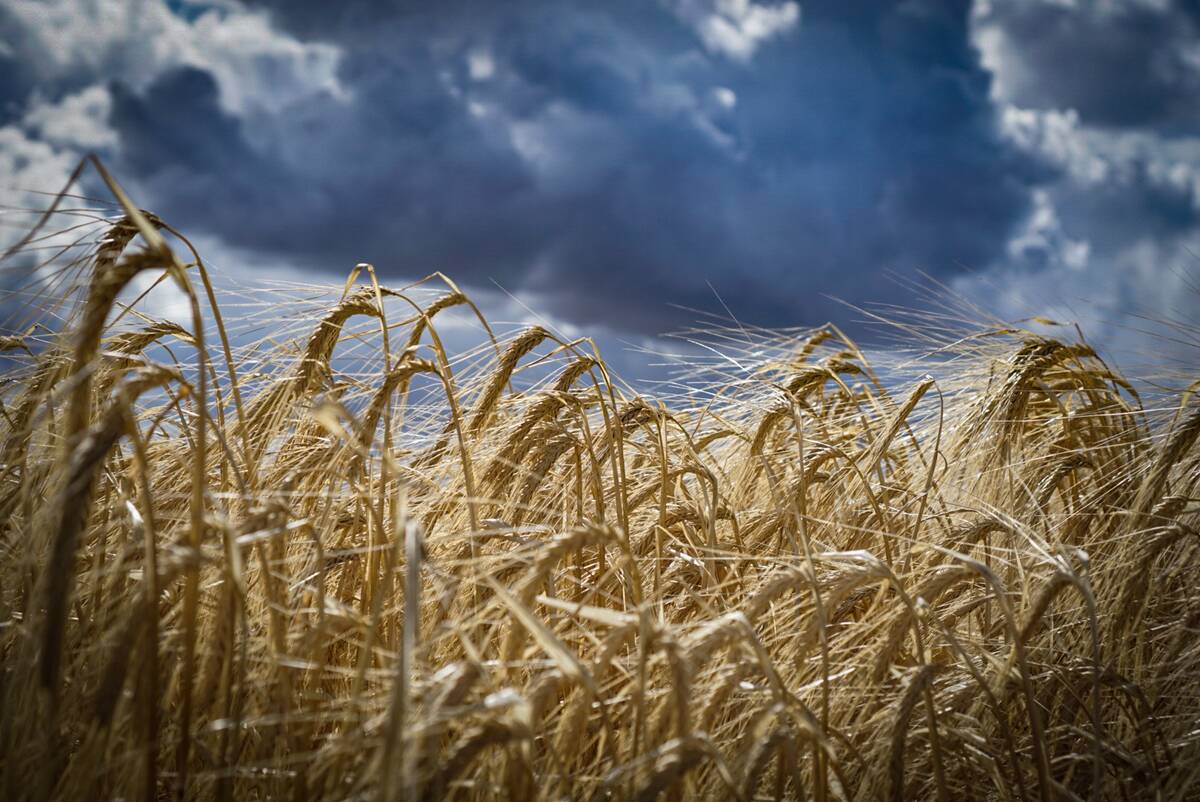
Malting barley exporters target Mexican market
Canada’s barley sector is setting its sights on the Mexican market to help mop up some of the lost demand from China
The grain company is taking offers on the feed mill but the more likely option is that it will be dismantled, said a senior pool official.
Two hundred people recently gathered at a town hall meeting to discuss what is to be done with the facility, which had been producing starter and finishing feed pellets for the pool’s hog business.
A steering committee was established to investigate the idea of converting the plant to make pellets for the cattle industry out of grain screenings.
It’s an idea that was explored a few years ago. At that time it was determined to be uneconomical to build a brand new screenings plant.
“But given that this one is up for sale and it’s probably not going to cost anywhere near a new mill, it looks quite promising,” said Strasser.
He said the equipment at the Heartland Feeds plant came from a screenings mill in Winnipeg, so it shouldn’t be a difficult conversion.
A director from West Central Pelleting Ltd., a Saskatchewan community group that has screenings plants in Wilkie and Wolseley, will be meeting with the steering committee this week, said Strasser.
“We feel fairly confident that when the screenings people look at it they’re going to say, ‘hey, we don’t have much to do here. We can just go to work.’ “
But the president of West Central Pelleting said Strasser is jumping the gun. Margaret Skinner said one of her directors is meeting with the group but only to provide information on what it takes to build and operate a successful screenings plant.
Talk of a feasibility study to invest in the Bruno plant is premature, she said.
“It’s not something that we’ve discussed.”
She encourages the exploration of any community-based project, but has reservations about opening a screenings plant in that area of the province.
Plans for a facility are already under way at Kelliher, which once built, will provide competition to West Central’s plant in Wolseley and the proposed project at Bruno. There is also a privately owned mill in Central Butte and a number of other secondary competitors to worry about.
Strasser is confident the Bruno mill could make a go of it, perhaps by splitting production between cattle feed and specialized hog feed.
Financing for the project would come from some combination of a community bond and one or two investment partners.
He feels there would be a good market for the end product. The number of cattle producers in the area is growing and the largest feedlot in the province, Pound-Maker Agventures Ltd., is less than 100 kilometres away in Lanigan.
“I feel confident that something will happen,” said Strasser.






